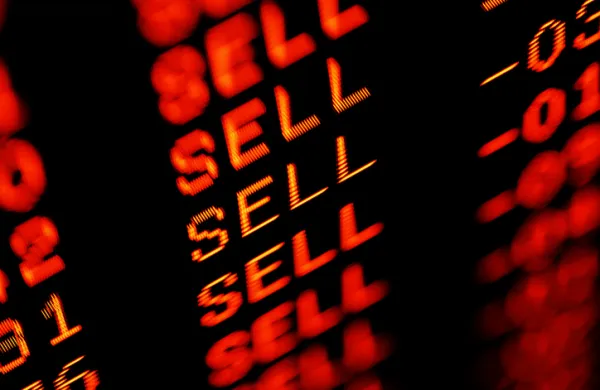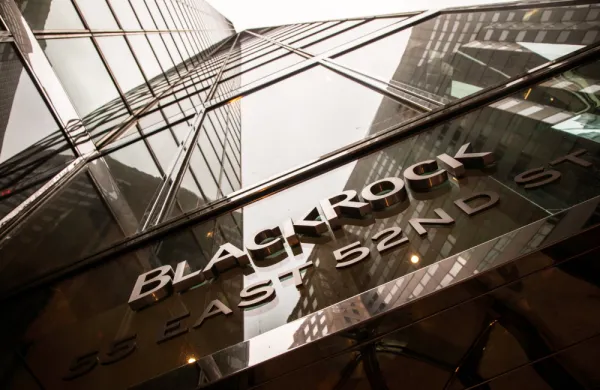By Gregor Spilker, CME Group
AT A GLANCE
- For years, pricing for voluntary carbon offsets has been highly variable, but there is broad acceptance that carbon offset credits must be part of transferring to a low carbon economy
- Early adoption of carbon offset futures has helped bring standardization to the market
The Offset Marketplace
The idea behind voluntary carbon offsets is simple. Entities develop projects that have a CO2 reducing impact on the environment. This CO2 reduction is certified by a third-party registry which will check that this is a real, permanent, additional reduction. The marketplace evolves around project developers and buyers financing these projects via the purchase of project-backed offset credits. Buyers may seek to net off their own emissions against these offset credits.While the underlying idea is straightforward, carbon offset credits come in many shapes and forms. Broadly speaking, the market can be separated in nature-based and technology-based projects. “Nature-based” includes projects that incorporate natural carbon sinks such as forests, wetlands, or other ecosystems. In contrast, “technology-based” projects may involve transitioning to renewable energy sources, methane capture from landfills, the deployment of efficient cookstoves in rural communities, etc.
Some projects will qualify for additional co-benefits in addition to the reduction in emissions – a wetland restoration project will not only sequester CO2, but it may also promote biodiversity and help the local community. Different registries may apply slightly divergent criteria to their certification process. Finally, corporate buyers may have preferences for different geographic locations, project types and vintage years.
Clarity Comes to the Carbon Market
The result is that for a number of years, pricing for voluntary carbon offsets has been highly variable, with nature-based projects with co-benefits typically attracting the higher prices. At the same time, governments around the globe are recognizing the urgent need to transfer to a low-carbon economy – and there is broad acceptance that carbon offset credits must be part of solution.Some researchers estimate that nature-based solutions alone could provide up to 1/3 of the emission reductions needed by 2030 to keep global temperature increases under two degrees. A number of public-private initiatives are pushing forward and recommending frameworks for the voluntary carbon market to grow – most notably the 'Taskforce on Scaling Voluntary Carbon Markets’ (TSVCM) sponsored by the Institute of International Finance.
The successful Article 6 negotiations that took place during COP26 have also brought further clarity to the market. The implementation of the agreement will take time, and a number of questions remain open. But overall, the agreement was welcomed by market participants. It provides clarity to what extent legacy offset credits generated under the Kyoto Protocol’s Clean Development Mechanism (CDM) will be allowed for futures emission reductions. It also deals with a thorny issue that plagued the voluntary carbon market for years: the problem of double counting emission reductions.
In the past, an emission reduction outcome may be accounted more than once when it is claimed by the country in which the project was based, and, at the same time, by the entity which ultimately bought the certified offset. This issue is being addressed by the introduction of Corresponding Adjustments (CAs). Once implemented, that mechanism should ensure that offset credits can only be claimed once.
Carbon Offset Futures Acceptance
CME Group entered the voluntary carbon market in 2021. The exchange launched two offset futures in partnership with CBL Xpansiv, a marketplace for spot trading of environmental commodities. The contracts are physically delivered and based on CBL’s Global Emission Offset (GEO) and its Nature-Based Global Emission Offset contract (N-GEO).GEO reflects the market price of CORSIA-eligible carbon offsets. CORSIA, the Carbon Offsetting and Reduction Scheme for International Aviation, is a framework to support reducing emissions offsets from the international aviation sector. While the contract is designed to comply with CORSIA, its user base is not restricted to airlines only – other entities may simply adopt the same requirements and use CORSIA credits for their own purposes. N-GEO is a product that reflects the price of nature-based offsets with additional co-benefits (Verra Climate, Community, and Biodiversity standards).
Both contracts have found quick acceptance, with volumes growing in both spot and futures markets. On CBL Xpansiv, carbon-offset volume transacted on its platform exceeded 120 million metric tons of CO2 equivalent (mt CO2e), a 288% increase from 2020 levels. On CME Group, annual volumes across GEO and N-GEO futures amounted to 47 million mtCO2e, with N-GEO accounting for two-thirds of that volume. This is despite the contracts only launching in March (GEO) and August (N-GEO) 2021, respectively.
Prior to the December delivery cycle, open interest in the two contracts peaked at more than 15 million mt CO2e. Because carbon budgets tend to be managed on an annual basis, December contract months are typically the most widely traded contracts. When the December contract expired, participants made full use of the contracts’ physical delivery: 5.9 million mt CO2e were exchanged between buyers and sellers, with every delivered contract backed by qualifying carbon offset projects. In all, more than 6.5 million offsets were delivered between the two contracts in 2021.
Embracing Standardized Products
COP26 has further solidified the view that voluntary carbon markets can play a meaningful part as the world transitions to a low carbon environment. Once the Article 6 rulebook is fully implemented, the role of corresponding adjustment and legacy CDM projects should provide further clarity to project developers, offset buyers, and traders alike. Spot and futures exchanges are helping the voluntary carbon market along in its path towards transparency and standardization. Volumes are on the ascendency and market participants are embracing standardized products to access the voluntary carbon market.Read more articles like this at OpenMarkets






